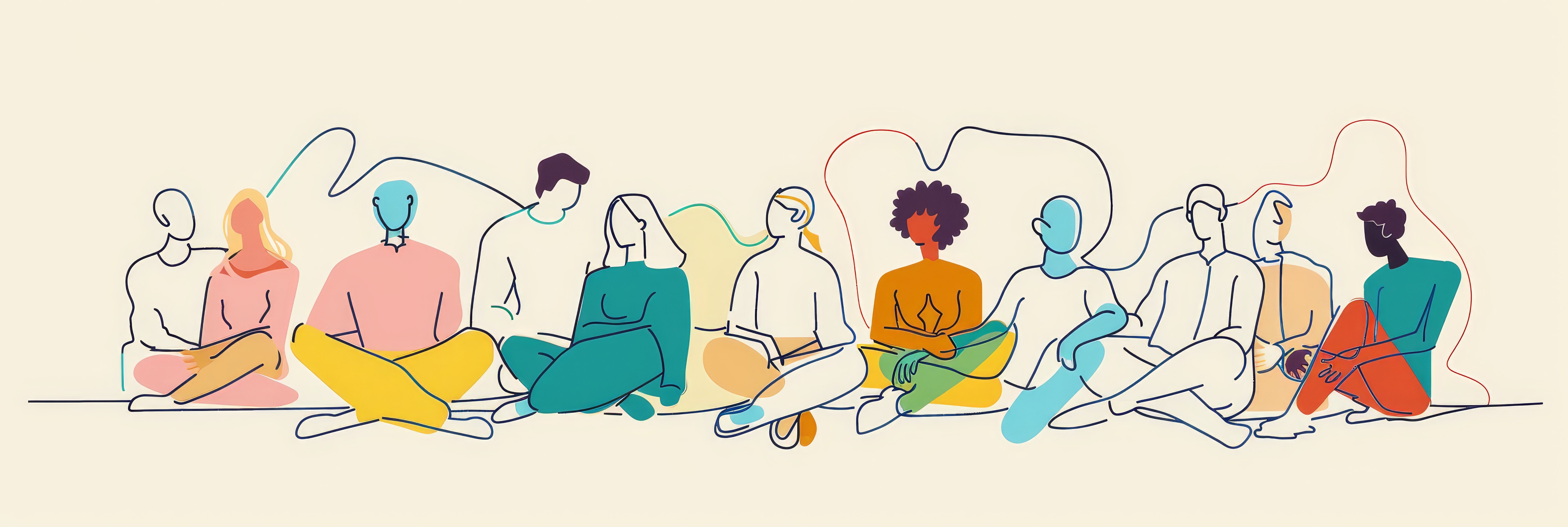Therapists consider compulsive eating to be a part of a binge eating disorder. Learning how to stop compulsive eating can have a positive impact in the short run. However, to counteract the condition in the long term, you will likely require therapy. Here’s what you need to know.
Regain Control Over Destructive Eating Cycles
Binge eating disorder is easiest to understand as a cycle. It starts with emotional upset. You might eat something to make yourself feel better. In fact, you might eat so much that you feel shame.
Therefore, you feel even worse. Now, you eat to make this discomfort go away. Over time, your body shows the result of the various binges. Because you might be out of shape, you now eat to gain comfort for this frustration.
How to Stop Compulsive Eating in the Short Term
Experts suggest keeping fresh fruits and vegetables on hand at all times. Exchange cookies for healthier whole grain nutrition bars and cereals. Most importantly, don’t skip any meals. In contrast, create a meal plan that includes five smaller, daily meals to feel full at all times.
Proper hydration at frequent intervals curbs hunger signals. When you do eat, give yourself enough time to enjoy the food. Also, focus on meals that fill you up, such as proteins and fibers. For long term changes, participate in an outpatient or residential eating disorder treatment center program.
Treatment Makes a Difference
You can find healing treatments for an eating disorder. With the help of therapeutic intervention, you can stop the cycle of your binge eating disorder. A combination of therapies can make a major difference. Examples include:
- Individual therapy that focuses on coping skills development to help you deal with uncomfortable feelings
- Group therapy, which allows for social and life skills development with peers who struggle with similar situations
- Cognitive-behavioral treatment that strengthens healthy connections between thoughts, feelings, and actions
- Meditation and yoga for relaxation and physical, as well as emotional, wellbeing
- Experiential therapy, such as art or equine therapy, to express yourself nonverbally, gain introspection, and build self-esteem
When you discover how to stop compulsive eating for long-term recovery, you learn a lot about yourself. You realize that there are healthier options for dealing with unwelcome or intrusive thoughts and emotions. Similarly, you receive comfort from knowing that others are supportive of your recovery efforts.
At Selah House, our warm, accepting facility allows women to undergo treatment with a team of psychiatrists, medical professionals, dieticians, and other therapists at their back. The goal is the development of a well-rounded care protocol. Similarly, you benefit from the way the modalities build on one another.
Aftercare Maintains a Growth Mindset
Many residential program participants take advantage of a step-down option for care. They choose to attend outpatient treatment on a part-time basis. Others benefit from the ongoing support that therapists offer after program graduation. It makes the return home comfortable and safer.
Similarly, it empowers you to see triggers with new eyes. Because therapists continue to be available to you, it’s possible to sustain recovery. Most importantly, you receive assistance by joining local support groups. Therefore, the peer component of healing remains intact.
Find out today how to stop compulsive eating. You don’t have to continue on the roller coaster of emotions. Above all, learn how Selah House therapists want to work with you on recovery. Call 765.819.2524 now.

 Call
Call

